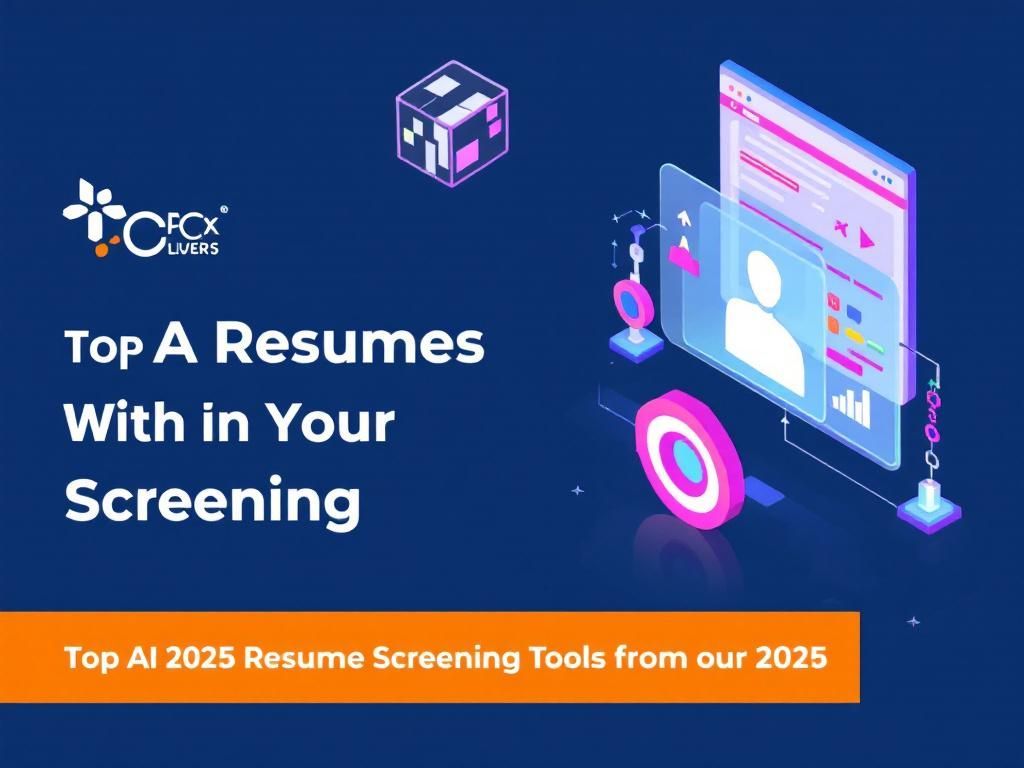In today’s fast-paced business environment, effective onboarding processes are vital for employee retention and productivity. Traditional onboarding methods often fall short of engaging new hires, leading to frustration and prolonged adjustment periods. The integration of artificial intelligence (AI) solutions into onboarding programs provides a transformative approach, allowing organizations to streamline processes, personalize experiences, and ultimately boost employee satisfaction.
Understanding AI in Onboarding
AI refers to the simulation of human intelligence in machines that are programmed to think and learn. In the context of onboarding, AI can analyze data, recognize patterns, and automate tasks, enabling HR teams to focus on more strategic aspects of employee integration.
The Role of AI in Streamlining Onboarding
- Automation of Administrative Tasks: AI can automate routine processes such as document collection and verification, reducing the need for manual intervention.
- Customized Learning Experiences: AI systems can adapt training modules based on individual employee needs, thereby enhancing engagement and retention of information.
- Data Analysis: AI can analyze feedback and performance metrics to continuously improve onboarding programs.
Key Benefits of AI-Enhanced Onboarding
Implementing AI solutions in onboarding processes offers several advantages:
1. Increased Efficiency
AI tools can significantly reduce the time spent on repetitive onboarding tasks. For example:
| Task | Traditional Time (Hours) | AI-Enhanced Time (Hours) |
|---|---|---|
| Document Submission | 2 | 0.5 |
| Training Coordination | 3 | 1 |
| Feedback Analysis | 4 | 1 |
2. Improved Engagement
AI-powered chatbots can provide immediate support to new hires, answering questions and guiding them through the onboarding process. This instant communication helps maintain engagement levels and fosters a sense of connection with the organization.
3. Enhanced Personalization
Each employee has unique needs and learning styles. AI can tailor the onboarding experience based on factors such as:
- Job role and responsibilities
- Previous experience and skill level
- Preferred learning methods (visual, auditory, kinesthetic)
Implementing AI Solutions in Onboarding
To harness the power of AI in onboarding, organizations should consider the following steps:
Step 1: Identify Needs and Goals
Begin by assessing the current onboarding process to identify pain points and areas for improvement. Define clear goals for what the organization hopes to achieve with AI integration.
Step 2: Choose the Right AI Tools
There are various AI solutions available, such as:
- Chatbots: For real-time communication and assistance.
- Learning Management Systems (LMS): To deliver personalized training content.
- Data Analytics Platforms: For tracking progress and gathering feedback.
Step 3: Train HR Staff
Ensure that HR staff are trained on the new AI tools and understand how to utilize them effectively. This training should cover:
- How to interact with AI systems
- Best practices for integrating AI into existing workflows
- Methods for monitoring AI performance and effectiveness
Challenges of AI Integration in Onboarding
While AI offers numerous advantages, organizations must also navigate potential challenges:
1. Resistance to Change
Some employees may be hesitant to embrace AI technologies due to fear of technology or concerns about job security. Clear communication and training can help alleviate these fears.
2. Data Privacy Concerns
Using AI tools involves collecting and analyzing employee data, which raises privacy issues. Organizations must ensure compliance with data protection regulations and maintain transparency with employees.
3. Cost of Implementation
Investing in AI technology can be expensive. However, the long-term benefits often outweigh the initial costs when considering increased efficiency and employee retention.
Case Studies: Successful AI Onboarding Implementation
Several organizations have successfully integrated AI into their onboarding processes:
Case Study 1: Company A
Company A introduced an AI-driven chatbot that guided new hires through the onboarding paperwork and answered common questions. As a result, the onboarding time was reduced by 40%, and employee satisfaction scores increased significantly.
Case Study 2: Company B
Company B utilized an AI-enabled LMS that personalized training modules based on individual preferences. This approach led to a 30% increase in knowledge retention among new employees.
Conclusion
The integration of AI solutions into onboarding processes represents a significant shift towards more efficient and effective employee integration. By leveraging automation, personalization, and data analytics, organizations can create an onboarding experience that not only welcomes new hires but also sets the stage for their long-term success. As technology continues to advance, embracing AI in onboarding will be essential for organizations looking to stay competitive in the evolving workforce landscape.
FAQ
What are AI solutions for onboarding?
AI solutions for onboarding are tools and technologies that leverage artificial intelligence to streamline the employee onboarding process, making it more efficient and effective.
How can AI improve the onboarding process?
AI can improve the onboarding process by automating repetitive tasks, personalizing training programs, and providing real-time feedback to new employees, thus enhancing their experience and engagement.
What are the benefits of using AI in employee onboarding?
The benefits of using AI in employee onboarding include reduced time to productivity, lower administrative costs, improved new hire retention rates, and a more personalized onboarding experience.
Can AI solutions be customized for different industries?
Yes, AI solutions for onboarding can be customized to meet the specific needs and requirements of different industries, ensuring that the onboarding process aligns with organizational goals.
What tools are commonly used in AI onboarding solutions?
Common tools used in AI onboarding solutions include chatbots, learning management systems (LMS), data analytics platforms, and virtual reality (VR) training modules.
How can companies measure the effectiveness of AI in onboarding?
Companies can measure the effectiveness of AI in onboarding by tracking metrics such as time to competency, employee satisfaction scores, and retention rates of new hires.




